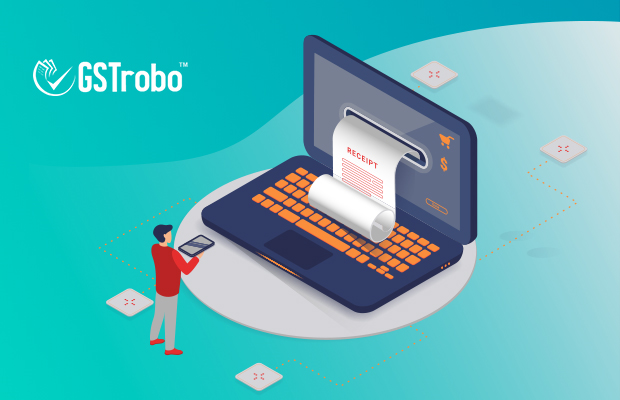GST E-Invoice: 7 Things You Must Know
Fake invoicing for frauds and tax leakages is perhaps the common issue faced by the government. It’s not a matter of today that barrage of frauds is troubling the government. GST E-Invoicing system is surely an assured way to fix the issue. The mandatory authorization of E-Invoice will put an end to tax leakages and frauds.

Wondering about GST E-Invoice news? Update your knowledge here regarding E-Invoice under GST applicability and all-important points by going through the top seven things!
1. What is GST E-Invoicing?
Electronic Invoicing or E-Invoicing is an electronic mechanism of GST. It was made with the motive of the inter-operability of E-invoices in the whole GST Eco-System. All the B2B transactions that are generated by the businesses need to get authenticated on the GSTN portal. It never means to generate an invoice by a tax portal or a computer system. For every invoice, a unique identification number is issued by IRP or Invoice Registration Portal to manage each of the invoices.
After authentication of the invoice, all its details get live on the EWB portal and GST portal in real-time. It will the prime responsibility of taxpayers to generate E-invoice.
2. Who is required to Generate GST E-Invoice?
E-Invoice is not required to get prepared by all the taxpayers. In one financial year, the person whose aggregate turnover exceeds Rs. 100 cr shall prepare the invoice.
So, the registered person or supplier, having an aggregate turnover of over one hundred crores in one financial year needs to apply on April 1.
3. What Procedure Should You Follow to Generate E-Invoice?
The following steps are needed to be followed to generate it on GST E-Invoice portal:
- An invoice is required to be generated in billing software by the taxpayer.
- The JSON file is then needed to be created for the same. This file is to be uploaded on the IRP- Invoice Registration Portal.
- Generation of IRN (Invoice Reference Number)
- If the supplier has not generated IRN then IRP will create it. The supplier can get it done by using HASH Algo.
- If the supplier has generated IRN then IRP will validate it by doing duplication check, attaching QR code on return besides digitally signed invoice.
- Once QR Code is attached and IRP digitally sign the invoice, it becomes E-Invoice. After that, it is sent to the recipient on their mail ID, if provided earlier in JSON.
- Now both, the recipient and supplier can download the E-Invoice.
- IRP will now transfer these details to the E-way Bill system and invoice registry of GST.
This E-Invoicing can be used now for auto-population of ANX-1, ANX-2, and PART-A of E-way bill.
4. For What Transactions, E-Invoicing is Applicable?
E-Invoicing is applicable to Tax Invoices, Credit/Debit Note, except proforma invoices.
5. What Benefits Can You Enjoy by Having E-Invoicing?
Not just e-invoicing is beneficial for the government to fix tax leakages, but the taxpayers will also get benefitted abundantly from it. Here are the benefits:
- Invoice mismatches get minimized during reconciliation
- Precise ITC claim
- One-time reporting for all GST filings
- Real-time invoice tracking that is prepared by the supplier
- Proper compatibility in multiple software with the standard invoicing system
- The automated return filing process
6. When Should an E-Invoice be issued?
Invoice is required to be issued adhering to Section 31 invoicing provisions mentioned in CGST Act, 2017. In the case of goods, it should be issued on or before goods removal. In the case of services, it needs to be issued before or after the provision of services within 20/45 days.
7. Is There Any E-Invoice GST Limit?
Yes, there’s a limit on each invoice for incorporating a certain quantity of line items. A maximum of 100 items in each e-invoice can be incorporated.

One Reply to “GST E-Invoice: 7 Things You Must Know”
nice article